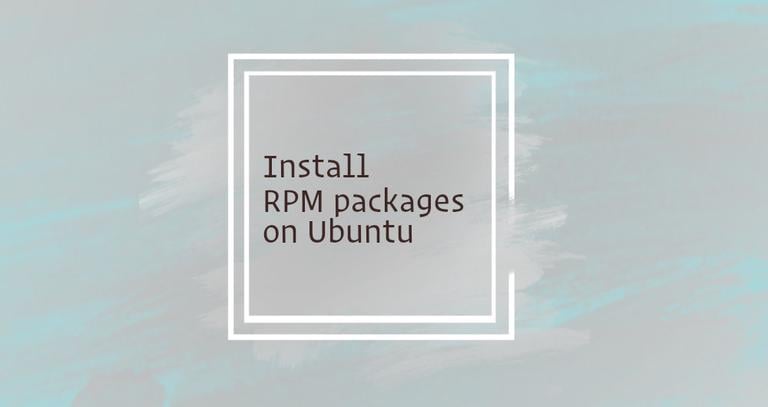

The first step is to download the RPM file that you want to install: wget It is used to install, remove, download, query, and update packages from the official CentOS repositories as well as other third-party repositories. Yum is the default package manager tool in CentOS. Once you locate the file, you can download it using your browser or using a commandoline tool like curl

To install RPM packages, you need to be logged in as a root or user with sudo privileges Doing this may lead to errors and system instability. You should avoid using this method to replace or update important system packages, like glibc, systemd, or other services and libraries that are essential for the proper functioning of your system. Install a package in RedHat like systems - Ansible module yum


 0 kommentar(er)
0 kommentar(er)
